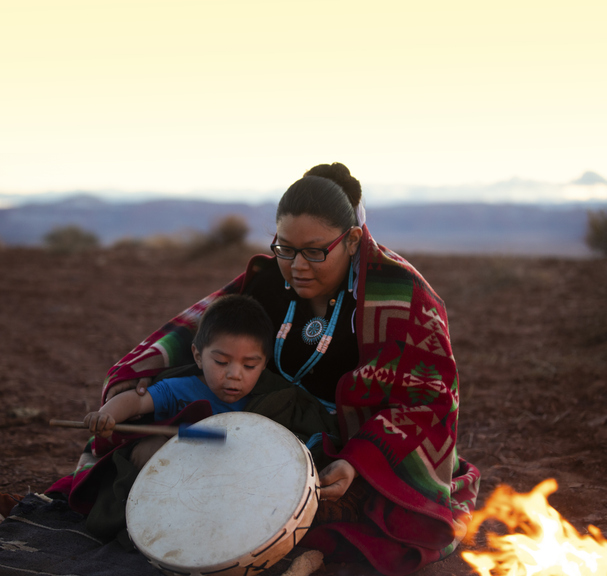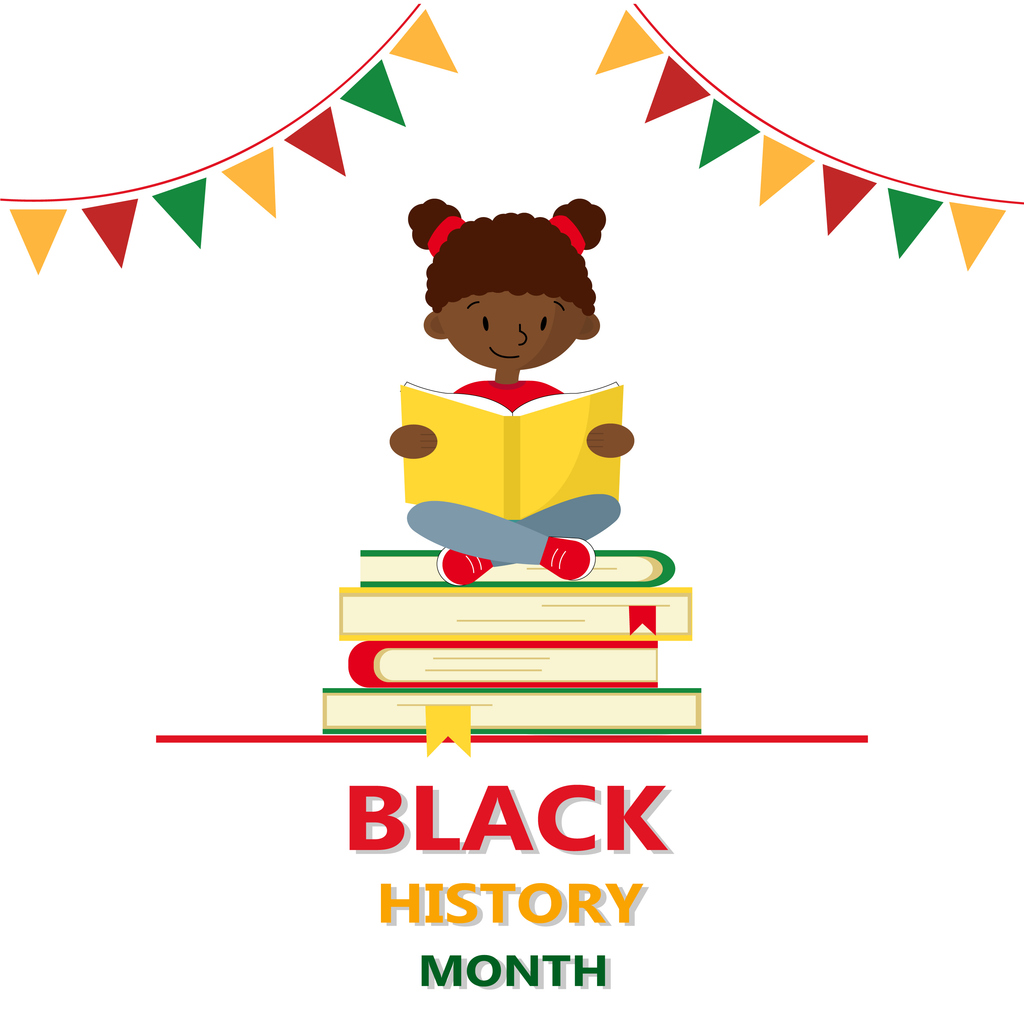
11 月は先住民月間で、先住民コミュニティの豊かな歴史、文化、貢献を祝う時期です。また、先住民の伝統や価値観について幼い子供たちに教える機会でもあり、文化的認識、共感、多様性への尊重を育むのに役立ちます。ただし、「インディアンとピルグリム」の再現などの一部の伝統的なアクティビティは、歴史を誤って伝え、意図せずに害を及ぼす可能性があります。これらのアクティビティは、多くの場合、羽飾りのついた頭飾りや一般的な衣装などの不正確な描写を使用する固定観念に依存しており、多様な文化を過度に単純化し、似顔絵に矮小化しています。また、感謝祭の一方的な物語を促進し、先住民コミュニティが直面した苦難を見過ごすことで、先住民の歴史の現実を消し去っています。さらに、「インディアン」に扮することは、重要な文化的要素を衣装として扱うことで文化の盗用を促進する可能性があります。こうした再現の代わりに、家族や教育者は、先住民の作家による本を読んだり、地元の部族について学んだり、伝統的な食べ物や芸術を探究したりするなど、有意義な活動に参加することで、先住民月間を祝うことができます。
私たちは、家族や教育者が先住民族の知識と視点を教室や家庭に取り入れることを奨励しています。始める方法は次のとおりです。
幼児教育において先住民族の代表が重要な理由
先住民族の伝統や価値観を子供たちに紹介することで、文化に対する認識と共感が促進されます。固定観念に疑問を投げかけ、子供たちがあらゆる文化の相互関係を理解するのに役立ちます。教室や家庭でこれらのレッスンを行うことで、好奇心、他者への敬意、そして生涯にわたる多様性への感謝の気持ちを育むことができます。
幼稚園教諭のための活動
本物のストーリーを取り入れる
キャロル・リンドストロム著『We Are Water Protectors』やケビン・ノーブル・マイラール著『Fry Bread: A Native American Family Story』など、先住民作家による児童書を読んでみましょう。
ストーリータイムを利用して、多くの先住民文化の中心となる家族、自然、コミュニティの価値観といったテーマについて話し合います。
先住民族の芸術を讃える
陶芸、織物、ビーズ細工などの先住民族の芸術を子供たちに紹介します。これらの伝統に触発された簡単なアートプロジェクトを作成し、その文化的重要性について話し合います。 オンラインギャラリー インスピレーションを得るために、デンバー美術館のネイティブアートコレクションから作品を鑑賞してください。
自然に基づいた学習
先住民族と土地とのつながりを強調します。種を植えたり、地元の野生生物を観察したりなど、自然への敬意を教える屋外活動を計画します。季節や動物に関する先住民族の物語を共有し、屋外での探検と結び付けます。
敬意を表す言葉と表現
先住民族や国家について議論するときは、正確な用語を使用してください。先住民族の文化が現在も生き、繁栄していることを強調してください。「衣装」などの固定観念や、先住民族の伝統を過度に単純化した表現は避けてください。
家族で家でお祝いするためのヒント
先住民の物語と歌を共有する
地元の図書館を訪れて、先住民の著者の本を探しましょう。 ファースト・ネーションズ開発研究所 そして 児童文学におけるアメリカインディアン (AICL) は、信頼できる推奨事項を見つけるための優れたリソースです。
一緒に料理する
伝統的な先住民族のレシピを探索してみましょう。 三姉妹のシチュー (トウモロコシ、豆、カボチャを特集)そして、先住民文化におけるそれらの重要性について話し合います。料理は、子供たちが歴史や地理について学ぶための楽しく魅力的な方法です。
コロラド州の先住民の歴史を探る
ヒストリーコロラドセンターやその他の博物館、史跡などの場所に家族旅行に出かけましょう。 コロラドの歴史 一年中、子供が無料で入場できる博物館がいくつかあります。ユト族、シャイアン族、アラパホ族など、コロラドの先住民について一緒に学びましょう。
プロバイダーと家族のための追加リソース
書籍とメディア
- 私たちは感謝しています: トレイシー・ソレル著『Otsaliheliga』(チェロキー)
- ブレンダ・J・チャイルド(オジブウェー語)による「Bowwow Powwow」
- PBSキッズ: ネイティブアメリカン文化遺産月間 ビデオとアクティビティ
カリキュラムと教室のリソース
- イルミネイティブ教育ハブ: 教師向けの授業計画、アクティビティ、ガイド
- ネイティブナレッジ360°: スミソニアン国立アメリカインディアン博物館のプロジェクト
- コロラドの歴史: 教育者のための地域リソース
オンラインリソース
- ネイティブランドデジタル: 先住民族の土地について学ぶインタラクティブマップ
- ファースト・ネーションズ開発研究所: 家族向けの資料と先住民主導の取り組みへのリンク
- デンバー公共図書館: ネイティブアメリカンの伝統を祝うイベントとブックリスト
振り返りと前進
今月は、11月だけでなく一年を通して、先住民文化との有意義な関わりに取り組みましょう。子どもたちに先住民コミュニティの物語、価値観、知識を紹介することで、より包括的で敬意のある未来への基礎を築きます。
私たちは一緒に過去を尊重しながら、次の世代が人生のあらゆる場面で多様性を称え、公平性を受け入れるよう促すことができます。
デンバー プレスクール プログラムでは、私たちが住んでいる土地がユテ族、シャイアン族、アラパホ族の伝統的な領土であることを尊重し、認めています。また、コロラド州を構成する土地と歴史的に結びついている 48 の現代の部族国家も認識しています。先住民コミュニティの過去、現在、未来、そして何世代にもわたってこの土地を管理してきた人々を尊敬しています。また、政府、学術、文化機関が先住民の排除と抹消に基づいて設立され、現在もそれを続けていることも認識しています。
この表彰が、現在も続く抑圧と不平等の遺産を解体し、デンバーの先住民コミュニティの現在および将来の貢献を認める取り組みへの決意を示すものとなりますように。

